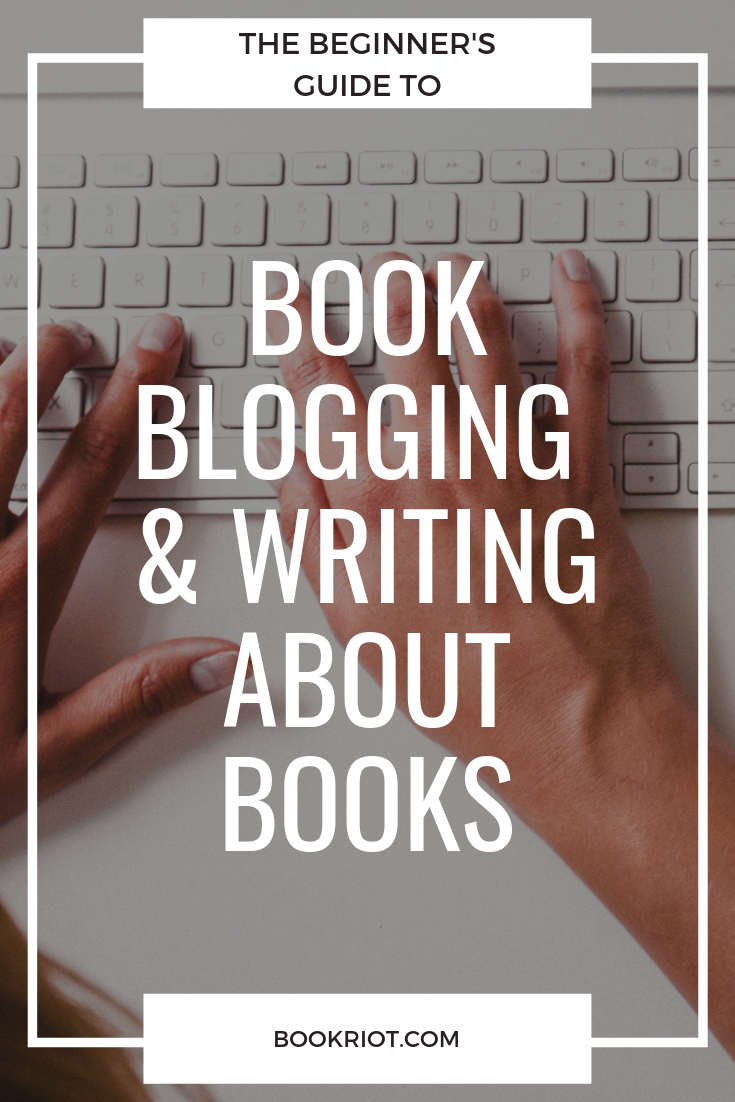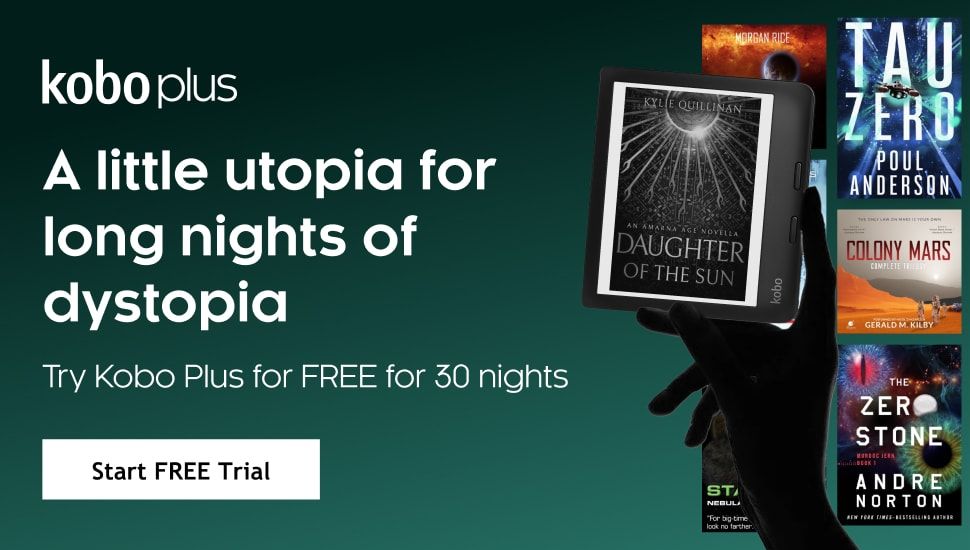
The Beginner’s Guide to Book Blogging
If you love a book, chances are you’ve thought about reviewing it. And if you tend to review a lot on platforms like Goodreads, you may want to consider starting your own book blog.
It can be tough work, and I certainly don’t have all the answers – I started my own blog, The Literary Invertebrate, less than a year ago. But since all the worries of a newbie blogger are still fresh in my mind, and I see questions related to the blogging world pop up frequently, here’s a quick guide!

Book Blogging Step #1: The Main Platform

This is going to be the website which hosts your book blog. I’ve noticed that the most popular option is WordPress, and for good reason too. It’s easy to set up, easy to customise, and easy to post on. You also have the option of purchasing a domain name from WordPress so that your website is entirely your own, but that’s typically done by the more popular bloggers.
If you want an alternative to WordPress, there’s also Blogspot. I really do recommend WordPress though – I found it by far the easiest to navigate. There are plenty of themes which you can make slight changes to, if you have any familiarity with HTML. Plus, there are a ton of cool widgets you can add! I will say, though, that once you’ve picked a theme the changes you can make are quite minimal. For instance, you can’t change the font beyond one or two options.
Book Blogging Step #2: The Secondary Platform

You can have nothing but your blog, if you want. But using another form of social media is the easiest way to grow your blog following and gain exposure. Many bloggers rave about Twitter; I personally found the Bookstagram route way easier. You don’t even have to be a particularly creative person to Bookstagram – while some people’s accounts are genuine works of art, my own pictures are pretty standard. In both cases, though, the key is to interact with the rest of the community. Leave comments and likes on other people’s posts. Follow the accounts you like; in many cases, they’ll even follow back. You can include a link to your blog in your profile as well.
You should post regularly on your chosen platform. Having a ‘Question of the Day’ accompanying a daily picture is common in the Bookstagram world, though people seem to post a lot more frequently on Twitter. Even if you decide that a Bookstagram will be your main secondary platform, making a Twitter account is a good idea too; a lot of bookish news or ARC/giveaway opportunities are only posted there.
Book Blogging Step #3: Reviewing Book

So, obviously, now that your book blog is all set up, you need reviews to populate it! Everyone writes them differently; just focus on making them clear and readable. Longer, more personal reviews also do better than quick summaries. I sometimes review for places like Library Journal, but the style they want – snappy, impersonal, 200-words-or-less synopses – is totally unlike how people usually write in blogs. You should aim to post a review fairly regularly, perhaps around once a week, though this will depend on your reading speed.
I like making notes while I’m reading so I remember what I want to include in a review. You can highlight, use post-it notes, whatever will help you!
Addendum: ARCs
Most of the books you review at the beginning will probably be backlist (i.e. older). But the more followers you accumulate, the higher your chance of receiving Advance Review Copies from the publisher. These books, or e-books, will be sent to you before publication in exchange for your honest opinion. You can find out more here about getting hold of them.
Have you recently started a book blog? Let us know how you’re finding it, or if you have any more questions!

















